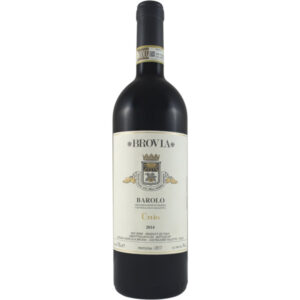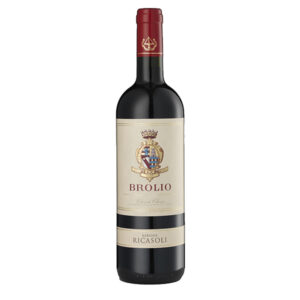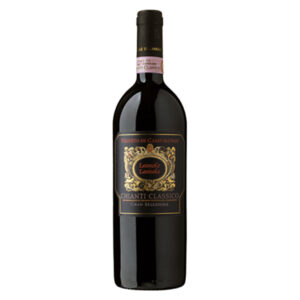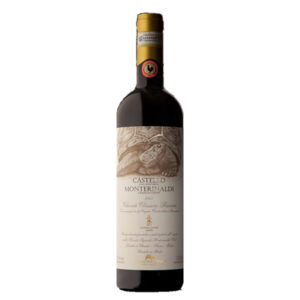Brovia BROVIA Barolo 2020
58,00 €
Characteristics
Description
Brovia Barolo 2020 is a classic example of the Barolo tradition.
This cuvée is a blend of grapes from the youngest vines of various “cru”. From the very beginning, the Barolo showcases its elegance. There is no excess, no attempt to display or flaunt power. Balance is the key element for this refined Barolo. It features classic grainy tannins, a long mineral finish, and aromas of roses and dried cherries. After a fermentation period of about three weeks, the wine is aged for at least two years in a combination of large and medium-sized barrels of Slavonian and French origin. The annual production hovers around 13,000 bottles.
In 1863, Giacinto Brovia founded the eponymous winery in Castiglione Falletto, in the heart of the Barolo region. Since then, the family has been dedicated to grape cultivation and wine production.
From generation to generation, the Brovia family has been conscientious buyers of some of the finest vineyards in this noble land, focusing their efforts in Castiglione Falletto and nearby Serralunga d’Alba. Brovia owns lands in a variety of the best “cru” sites in Piedmont, such as Rocche, Villero, and Garblét Sue, all in Castiglione Falletto, as well as Brea in Serralunga.
These different crus differ in terms of soil type, ranging from heavier clay to friable limestone. The Brovia family are extremely conscientious viticulturists and practice organic farming (although not formally certified). They conduct soil analysis every two years to ensure proper balance of elements, and pruning is done to limit crop yields. Harvesting is entirely done by hand and usually begins in late September with Dolcetto, Arneis, and Barbera; naturally, Nebbiolo ripens later, and the harvest for the various Barolos typically takes place in mid-October.
ChatGPT Brovia wines are vinified in a classic style. The grapes are lightly pressed before entering the fermentation tanks. The duration of the fermentation period depends on the grape variety, with Nebbiolo for Barolo extending up to a month or more at temperatures between 28 and 30 degrees Celsius. The Barolos are aged for at least two years in 30-hectoliter oak casks from Slavonia and France. The wines are then bottled without filtration and released to the market after an additional 18-24 months of bottle aging.
Today, the Brovia estate spans 19.2 hectares, with 55% of the production dedicated to Barolo, 25% to Dolcetto, 10% to Barbera, and the remaining 10% produced from Arneis, Nebbiolo d’Alba, and Freisa grapes.
Additional information
| Weight | 1,5 kg |
|---|---|
| Alcohol | 14% |
| Denomination | Barolo |
| Formato | 0,75 L |
| Località | Castiglion Falletto |
| Producer | |
| Regione | Piemonte |
| Tipologia | Rosso |
| Vitigni | Nebbiolo |











